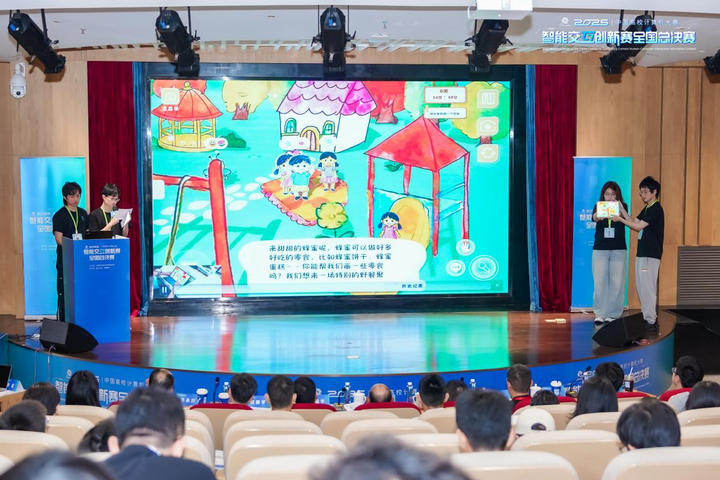From 0 to 1: Practice and Breakthroughs in Tmall’s AI Test Case Generation

# **Article #121 of 2025**
*(Estimated reading time: 15 minutes)*
---
## **01. Background**
### **1.1 Industry Analysis & Reflection**
With the rapid evolution of large models, the testing industry is exploring **AI-assisted approaches** for various QA scenarios. In **agent generation**, most solutions rely on the **Prompt + RAG** (Retrieval-Augmented Generation) pattern to build intelligent agents for tasks such as:
- Requirement analysis
- Test case generation
- Data construction
Below is an example from the industry on **case generation** approaches and their comparative effectiveness:
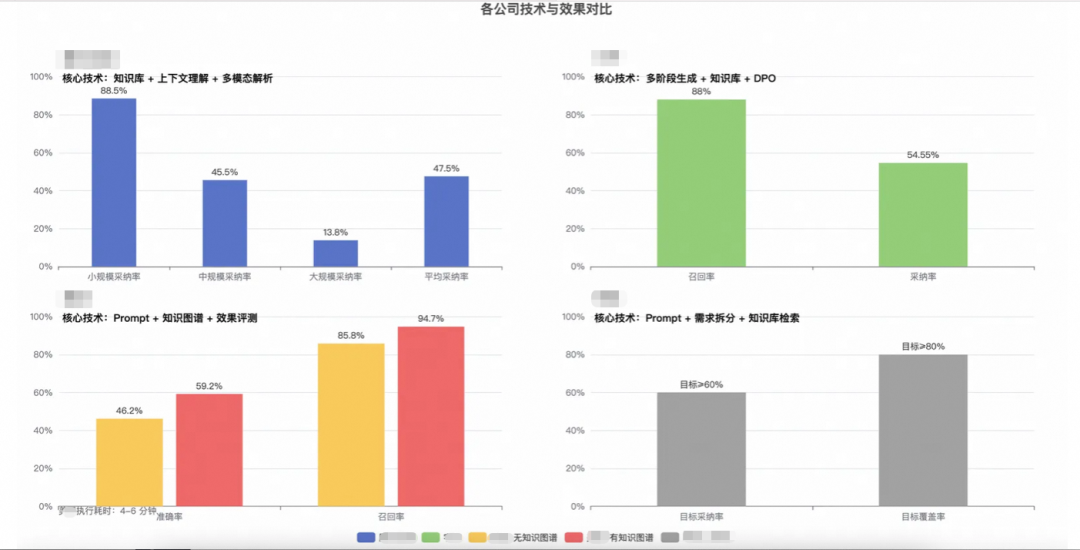
> *Reference: QECon Conference and external sharing*
#### Key Observations:
- Most capabilities extend via **Prompt + RAG** without fine-tuning models.
- Variations exist in handling **requirement parsing**, **test analysis**, and **knowledge base construction**.
- For **Tmall-specific** technical and business contexts, test case generation must be tailored to industry characteristics.
- Standardization of **highly dependent input artifacts** (e.g., PRD) is essential.
---
### **1.2 Tmall Industry Characteristics**
In **e-commerce**, change is constant:
- **Fast releases** and **high product quality demands** intensify QA pressures.
- Traditional testing models face efficiency and coverage bottlenecks.
**Challenges faced by testing teams:**
- **High labor cost under rapid iteration**
- **Manual bottlenecks** in complex case design
- Heavy reliance on **tester experience**
**Pain points in the test case authoring phase:**
1. **Low design efficiency** — time-consuming manual writing.
2. **Requirement misinterpretation** — inconsistent case design understanding.
3. **Poor knowledge retention** — lack of reusable baseline cases and lessons learned.
4. **High repetitive workload** — large volume of pattern-based writing.
**Business categories in Tmall testing:**
1. Marketing solutions
2. Shopping guidance scenarios
3. Transaction & settlement
4. Cross-department collaboration
5. Middle & back office systems
#### **Objective:**
Leverage **AI technology** to:
- Enable **intelligent test case generation**
- Ensure workflows align with **industry-specific demands**
---
## **02. Implementation Strategy**
### **2.1 Test Case Generation Approach**
In QA, guaranteeing **business quality and coverage** involves:
`Requirement delivery → Requirement understanding → Risk assessment → Case design → Execution → Defect tracking → Integration/regression → Release → Feedback tracking`
- Case design through regression consumes **~70% of QA time**.
- With **fast release cycles**, **high quality targets**, and **limited manpower**, large models can assist case design and build intelligent tools.
**Approach Overview:**
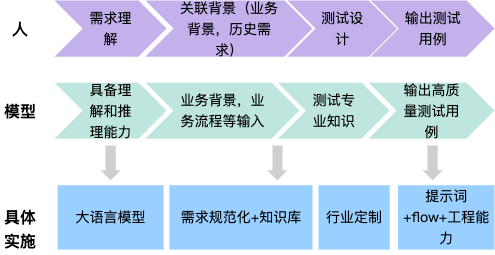
---
### **2.2 Detailed Implementation Plan**
#### **Core Strategy:**
**Requirement Standardization + Prompt Engineering + Knowledge Base (RAG) + Platform Integration**, supported by **AI Agents** for accelerated KB construction.
---
### **2.2.1 Prompt Engineering & Process Optimization**
Use fine-tuned Prompt design with context to guide LLM output.
**Actions:**
1. Convert functional cases into **non-functional test cases** (exceptions, financial loss scenarios).
2. Automatically split complex requirements into modules; generate cases conversationally via **Test Copilot**.
3. Customizable output per industry with domain-specific examples.
4. End-to-end AI pipeline where:
- Input = Requirements + Industry tags
- Output = Module-specific cases with relevant KB retrieval
---
### **2.2.2 High-Quality Knowledge Base Construction**
Build standardized KBs enabling **precision RAG retrieval**.
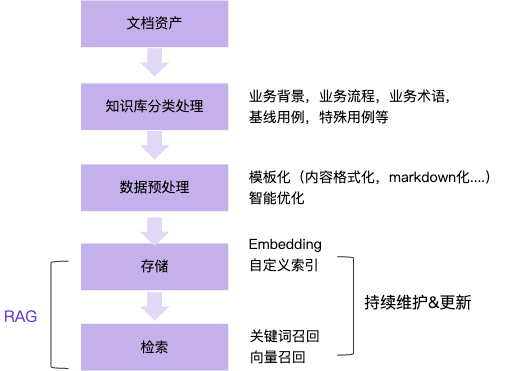
**KB Structure**:
- **Scope**: Test cases, business process knowledge, financial loss scenarios
- **Formats**: Text, Markdown, JSON, tables
- **Retrieval**: Chunking, indexing, keyword targeting at function-point level
- **Maintenance**: Cleaning, de-duplication, updates
**Automation Agents**:
- Extract business terminology, processes, core functions
- Reconstruct poorly segmented KBs for improved chunk quality
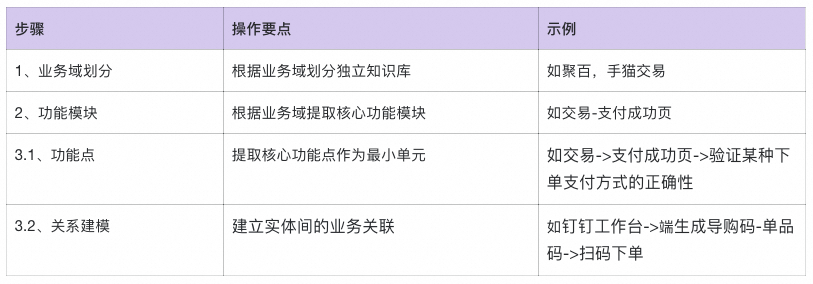
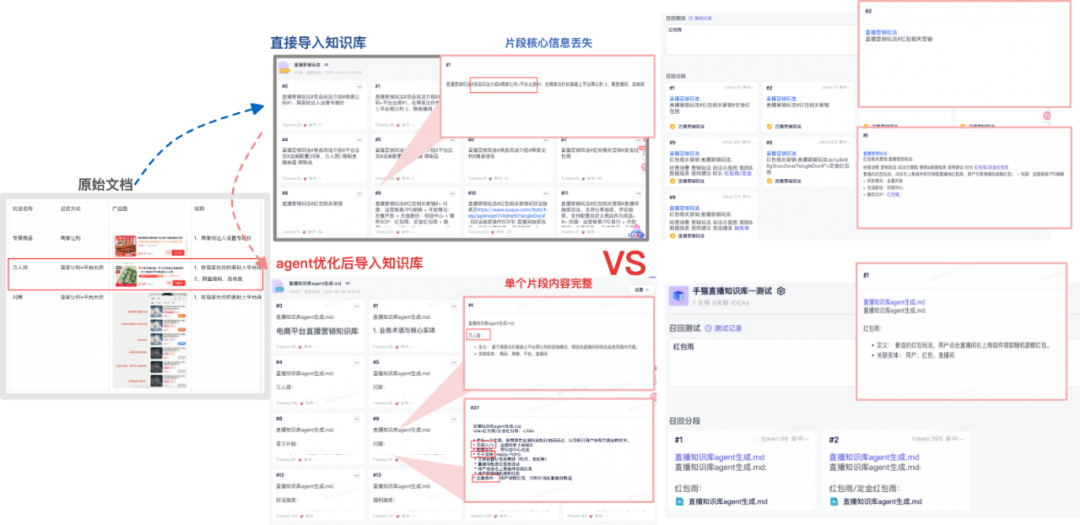
---
### **2.2.3 Requirement Standardization**
Collaborate with PMs to define a **PRD template**.
**Results from pilot projects (Tmall app)**:
- Higher **case adoption & coverage**
- Better modular structuring of generated cases
---
### **2.2.4 Platform-Based Integration**
Integrate case generation into the **Test Case Management Platform** with a visual interface.
Features:
- Supports **Ai-Test** and **Test Copilot** modes
- Modular decomposition & conversational generation
- Exploring AI in **data construction, execution, and full-cycle automation**
---
## **03. Application Results**
1. **Adoption Rate**:
- C-end (user-facing) domains: >85% adoption
- B-end (business-facing): <40% adoption
2. **Efficiency Gains**:
- Case creation time reduced from **2 hours to 0.5 hours** (75% time saving) in certain domains
---
## **04. Outlook**
**Current issues**:
- Low PRD quality
- Weak visual/interaction draft parsing
- Poor handling of complex requirements
**Future plans**:
- Advance towards **AI full-process testing**
- Enhance AI parsing, memory, planning capabilities
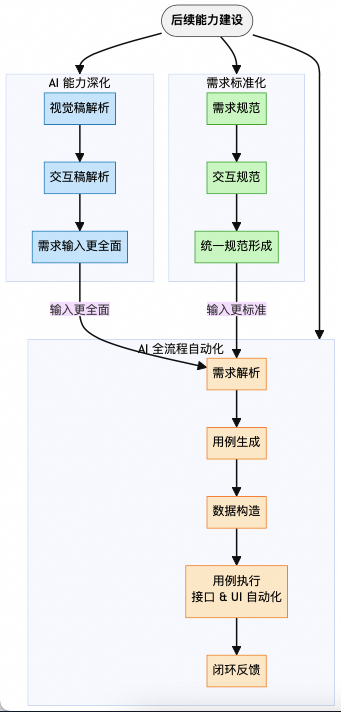
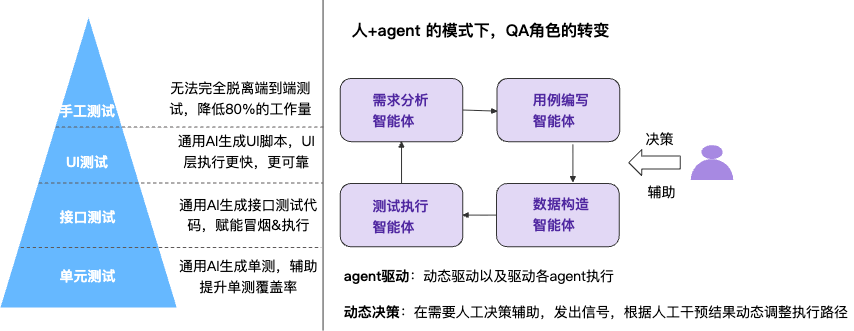
---
### **QA Role Transformation**
Shift from **physical labor-type testing** → **mental labor-type testing**:
- AI handles **repetitive tasks**
- QA focuses on:
- Business risk identification
- Test strategy development
- Exploratory testing
- User experience analysis
This evolution can break the **“coverage–cost–speed”** constraint.
---
## **Relevant Tool Reference: AiToEarn**
**[AiToEarn](https://aitoearn.ai/)**:
- **Open-source** AI content monetization platform ([GitHub](https://github.com/yikart/AiToEarn))
- Connects AI generation, multi-platform publishing, analytics, and ranking
- Distributes to: Douyin, Kwai, WeChat, Bilibili, Xiaohongshu, Facebook, Instagram, LinkedIn, Threads, YouTube, Pinterest, X
**Relevance**:
- Demonstrates **automated, multi-platform workflows**
- Parallels QA automation goals in deployment & analytics
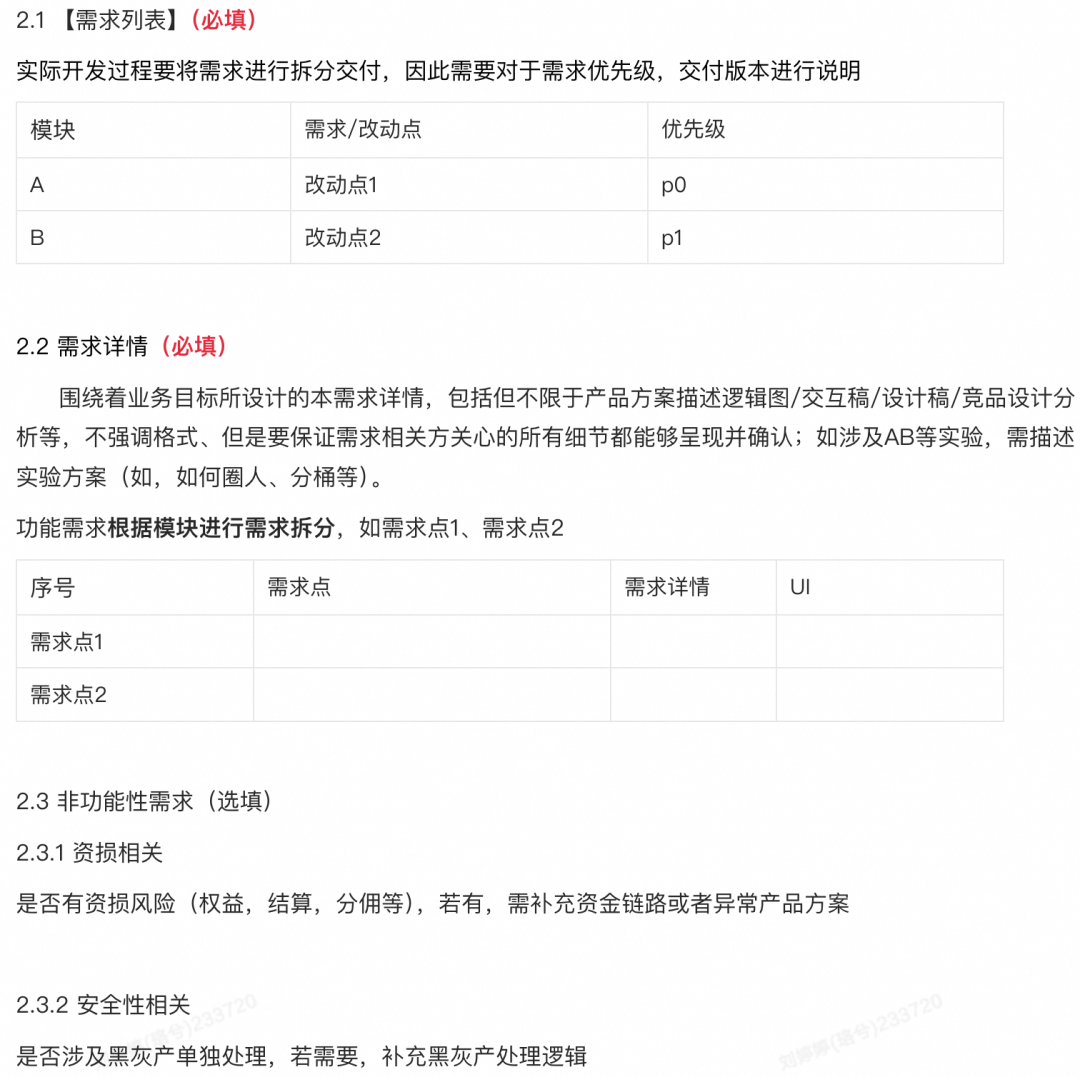


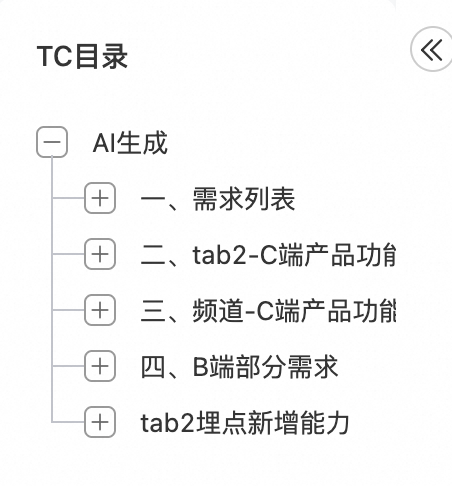
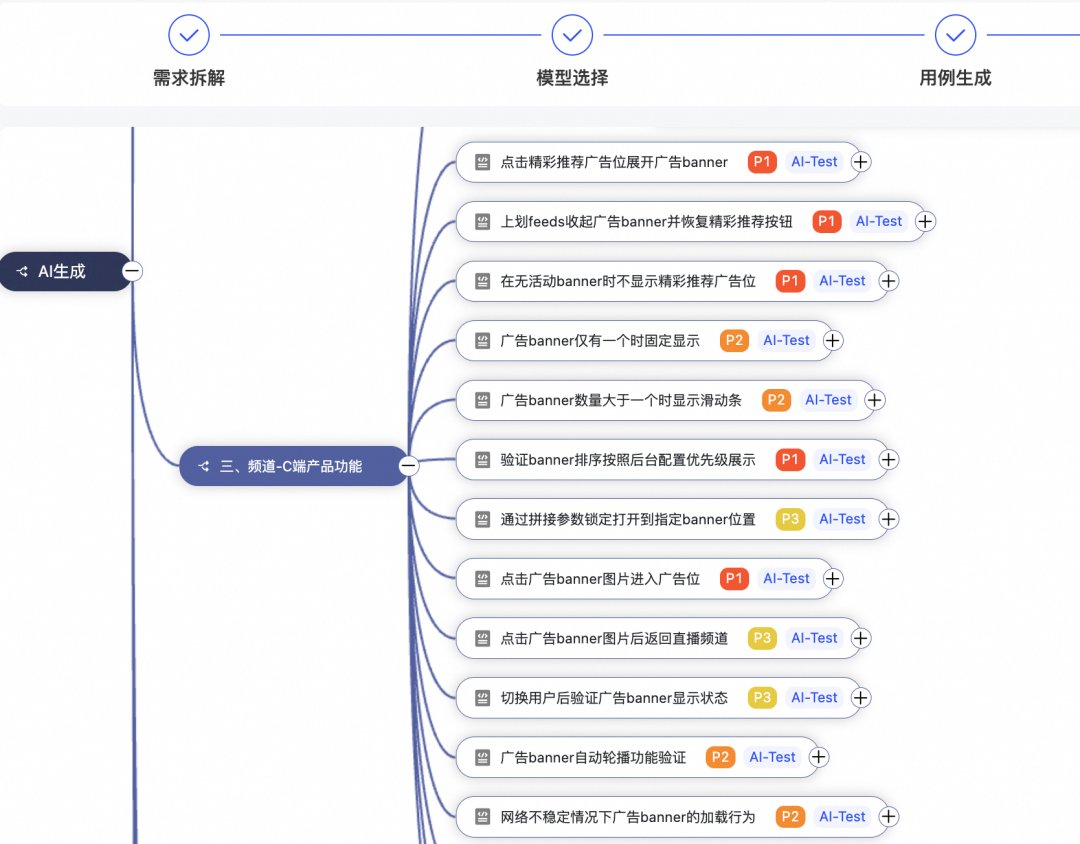
---This rewrite improves structure & readability, uses clear headings & bullet points, and groups actions into lists for better comprehension. Would you like me to also add a visual process diagram so your AI test case generation workflow is immediately presentation-ready?

